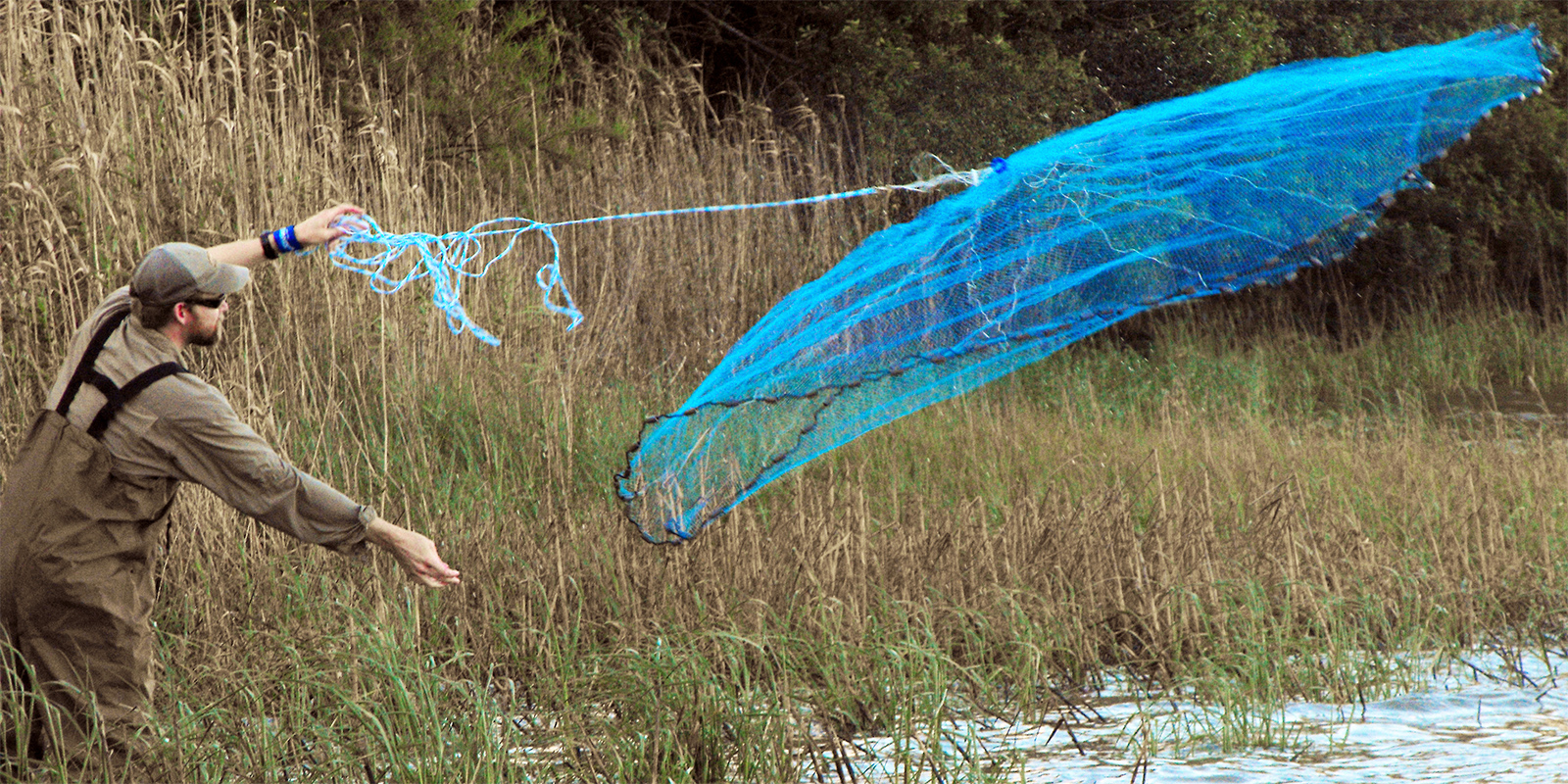Baylor research: How do fish survive in the Houston Ship Channel?

Bordered by dozens of oil refineries, the Houston Ship Channel is one of the busiest commercial seaports in the nation. Not surprisingly, these heavily traveled waters are full of chemical pollution that makes the waters generally unconducive to aquatic life.
Yet — the waters aren’t completely void of life. One breed of fish — the Gulf killifish — has managed to not only survive, but thrive in these murky waters. How?
That’s a question that Dr. Cole Matson, associate professor of environmental science and member of Baylor’s Center for Reservoir and Aquatic Systems Research, has studied since coming to Baylor in 2011.
Matson and his research team have spent countless hours in the waters around the Houston Ship Channel and parts of Galveston Bay to learn how these fish survive, sampling fish and their embryos to test for pollution tolerance. They found that recent hybridization has led to tolerance to changes in the killifish environment, such as toxins or oil spills. Fish from the areas most polluted developed an inheritance found through multiple generations of breeding.
After sequencing the entire genomes of nearly 300 fish, Matson’s research specifically identified hybridization with Atlantic killifish — thought to have perhaps been brought to the Texas Gulf in ballast water from a large ship — as providing the strongest selective pressure conducive to survival in the toxic environment. The team’s findings were important enough to earn a spot in Science, a prestigious peer-reviewed journal that carries a great deal of influence throughout the scientific community. (The study’s lead author? Dr. Elias Oziolor, PhD ’17, who conducted much of the work as part of his Baylor dissertation and is now a senior scientist at Pfizer.)
Research like Matson’s, which attracts the attention of the broad scientific community in a journal like Science, is one example of the aspirations of Illuminate being lived out. In fact, Matson’s research embodies two of the five signature academic initiatives of the plan: health, as we better understand our environment, and data science, in utilizing data from the genome resequencing. While Matson says there’s still more work to be done in this area, it’s clear that what has taken place in ship channels and science labs by Baylor professors and students is moving the needle in helping us better understand our environment and responses to it.
Sic ’em, Dr. Matson!

